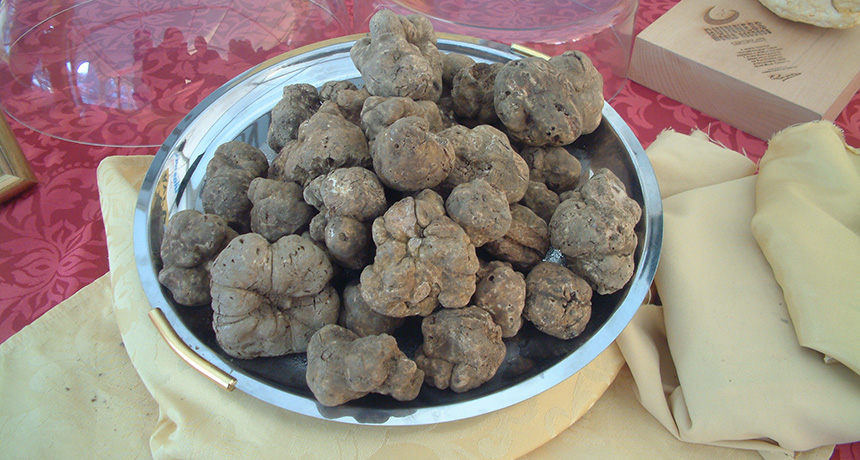
SIGNATURE SCENT By compiling and reanalyzing data, researchers now think that truffles, like this Italian white truffle (Tuber magnatum Pico), get their knock-your-socks-off smells with the help of their microbes.
K. Korlević/Wikimedia Commons (Public domain)






